Fed Jerome Powell made clear the Central Bank’s stance on the current inflation environment in his opening remarks at the Jackson Hole Symposium. Noting a decline from peak inflation rates, Powell emphasized, “Although inflation has moved down from its peak—a welcome development—it remains too high.”
Demonstrating Fed’s commitment to fight inflation, he added, “We are prepared to raise rates further if appropriate, and intend to hold policy at a restrictive level until we are confident that inflation is moving sustainably down toward our objective.”
Acknowledging the recent decline in core inflation during June and July, Powell cautioned against reading too much into short-term data. “The lower monthly readings for core inflation in June and July were welcome, but two months of good data are only the beginning of what it will take to build confidence that inflation is moving down sustainably toward our goal,” he remarked.
Drawing a metaphor to describe the present economic landscape, Powell stated, “As is often the case, we are navigating by the stars under cloudy skies.” Under such conditions, he emphasized the importance of a strategic and risk-aware approach.
Elaborating on the Fed’s forward plan, Powell said, “At upcoming meetings, we will assess our progress based on the totality of the data and the evolving outlook and risks. Based on this assessment, we will proceed carefully as we decide whether to tighten further or, instead, to hold the policy rate constant and await further data.”
This clear yet cautious messaging from Powell reiterates the Fed’s commitment to ensuring price stability and managing the inflationary pressures faced by the economy, while also emphasizing a data-driven and measured approach to monetary policy adjustments.
Full speech by Fed Powell here.




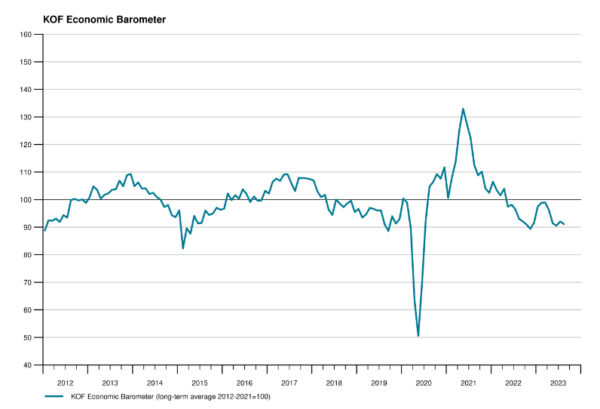

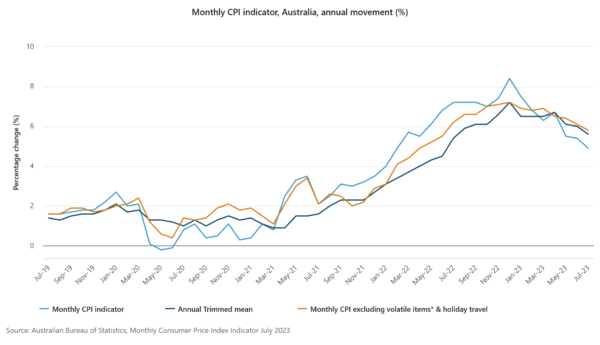
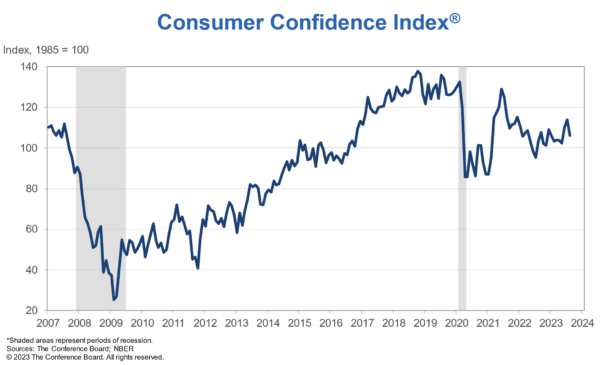
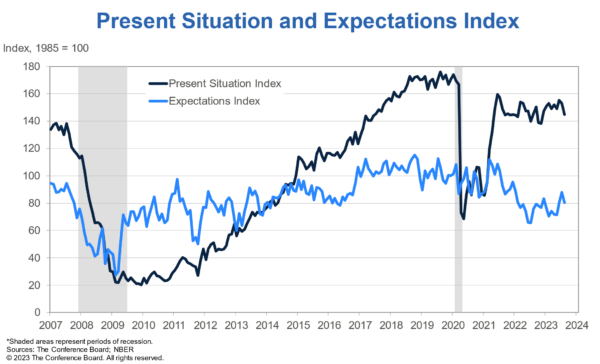
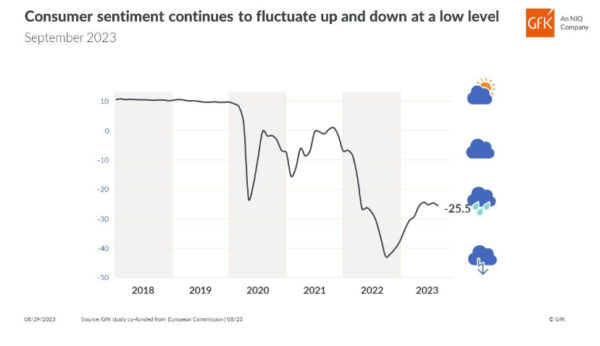

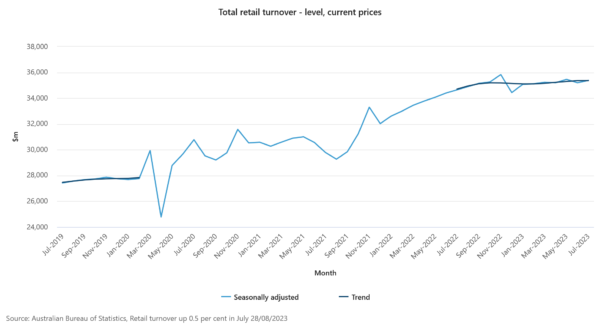
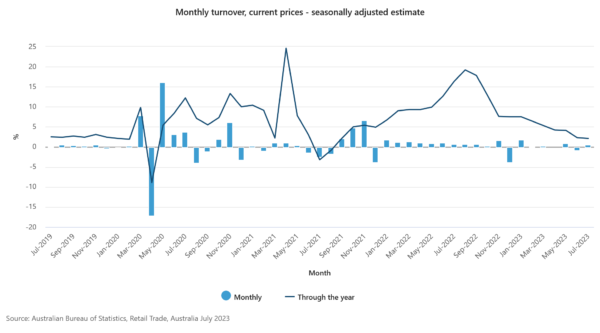
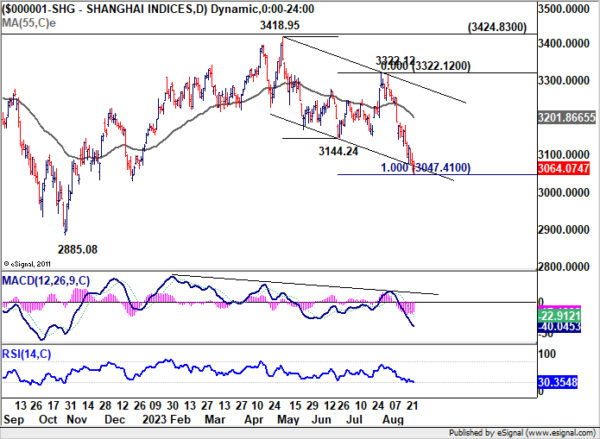
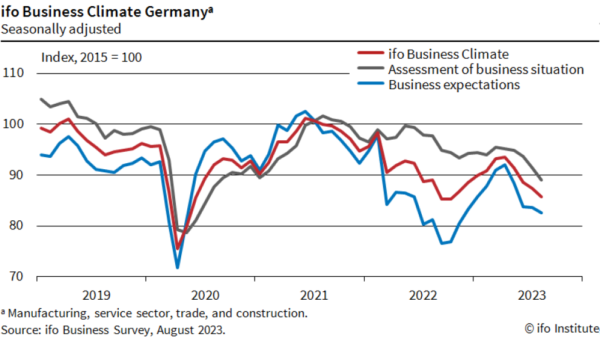
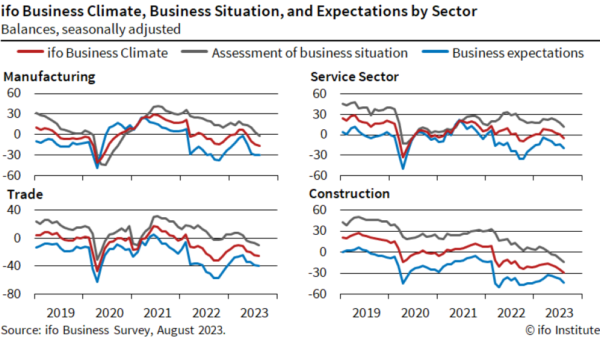

Eurozone economic sentiment deteriorates across the board
Eurozone Economic Sentiment Indicator (ESI) witnessed a drop from 194.5 to 93.3 in August, casting a dark shadow over the economic outlook of the bloc. Nearly all sectoral confidence indicators fell, with industry confidence sliding from -9.3 to -10.3, services from 5.4 to 3.9, retail trade from -4.5 to -5.0, and construction from -3.6 to -5.2. Employment Expectations Indicator (EEI) also showed a decline from 103.4 to 102.1, while the Economic Uncertainty Indicator (EUI) dipped from 21.3 to 20.0.
Similarly, EU-wide ESI fell modestly from 93.5 to 92.9, and its EEI from 102.7 to 101.7. EUI also registered a decline from 20.7 to 19.7. Breaking down the ESI numbers by individual countries, sentiment deteriorated in France -by 2.5 points, in Germany by -2.4 points, and in Italy by -1.1 points. Conversely, sentiment improved in Spain by 1.5 points and in Poland by 1.2 points, while the sentiment in the Netherlands remained almost unchanged, up by just 0.2 points.
Full Eurozone ESI release here.